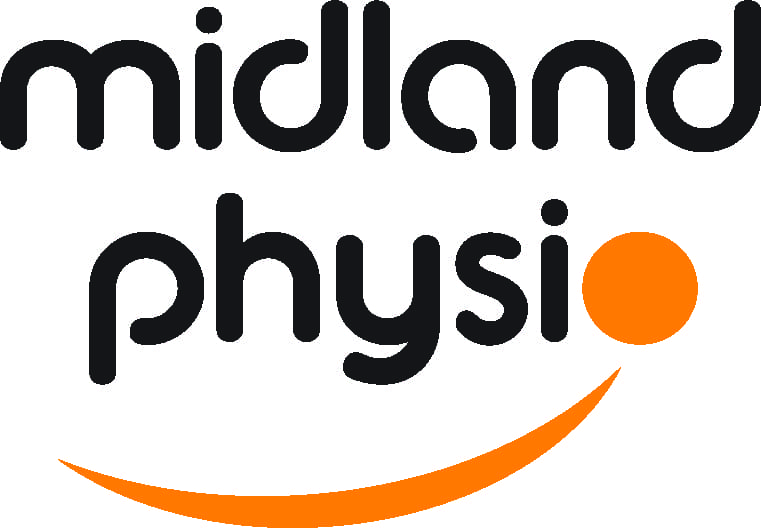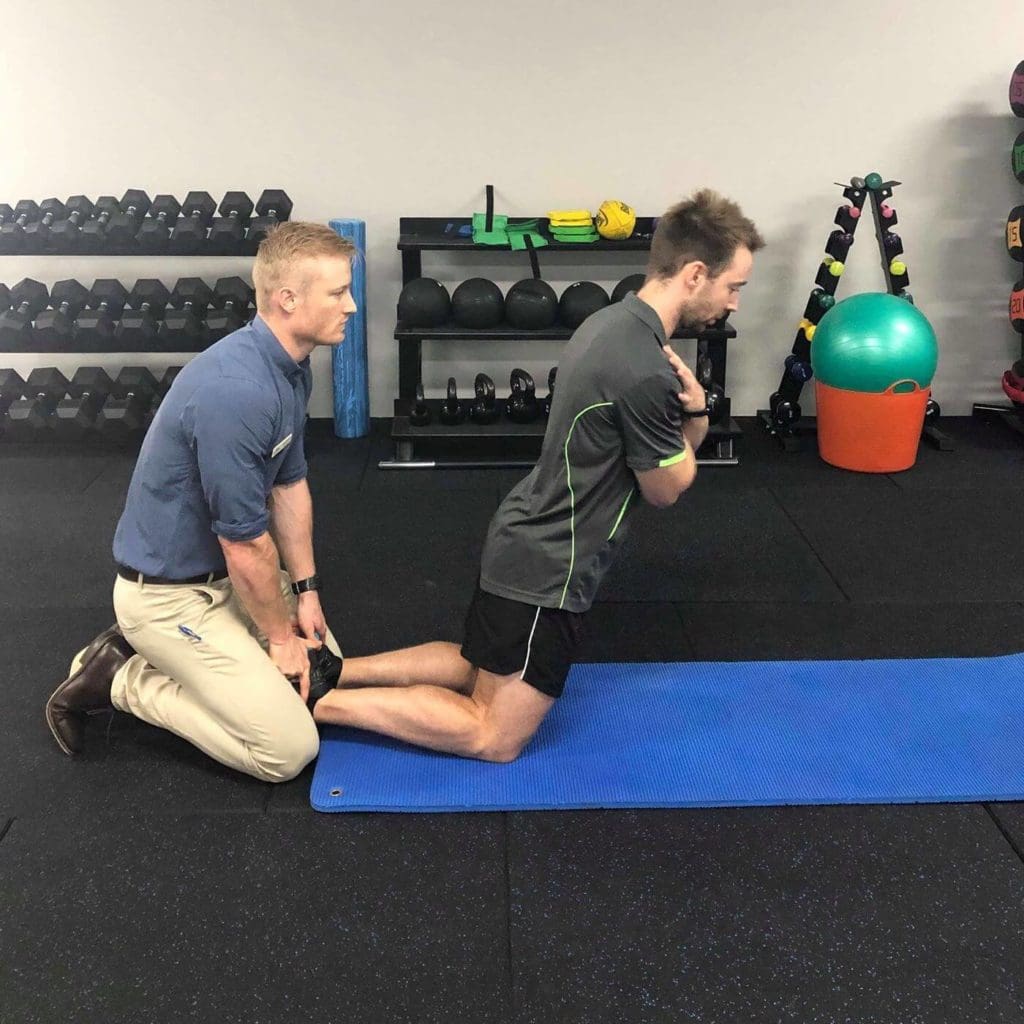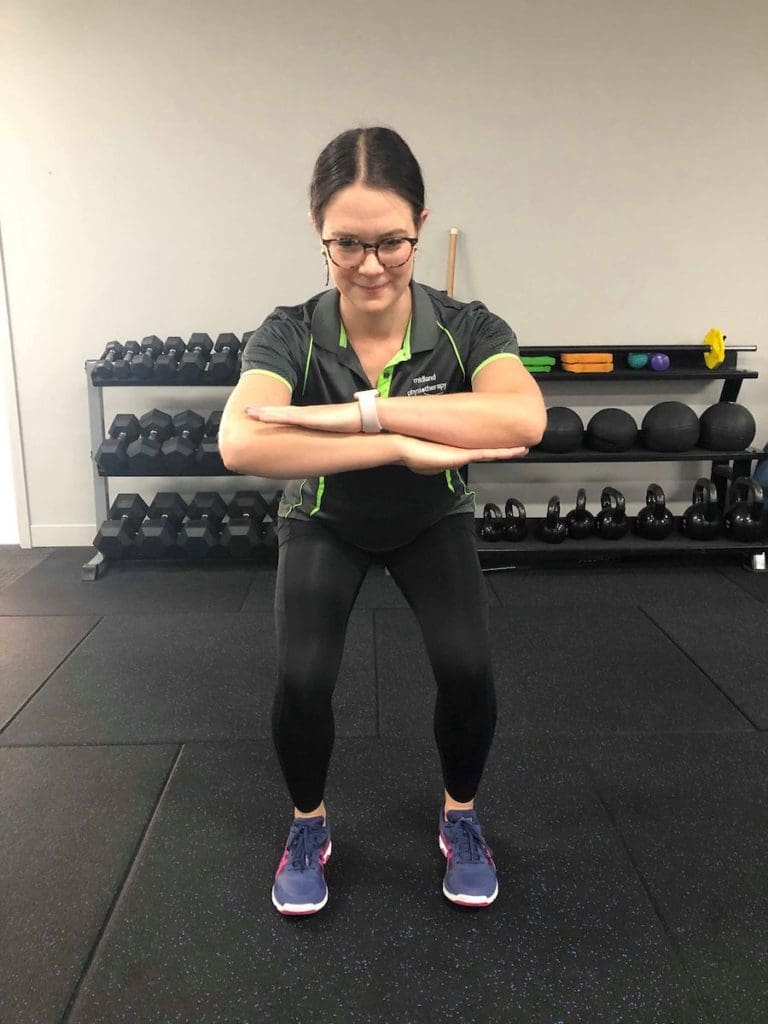Understanding infant head turning preference: What you need to know
Welcome! If you’ve noticed that your baby seems to prefer turning their head to one side, you’re not alone. At Midland Physiotherapy, we understand how concerning this can be for new parents, and we’re here to help you understand and address this common issue.
What is infant head turning preference?
Infant head turning preference, also known as positional preference, is when a baby consistently turns their head to one side when lying on their back or being held. This can sometimes lead to a condition called plagiocephaly, where the head becomes flattened on one side.
Why does this happen?
There are several reasons why an infant might develop a head turning preference:
- In-Utero Positioning: The position of the baby in the womb can influence how they lie after birth.
- Muscle Tightness: Sometimes, a baby might have tight neck muscles, a condition known as congenital muscular torticollis (CMT), which makes it difficult for them to turn their head both ways.
- Environmental Factors: Sometimes, a baby’s positioning is very one sided even if you don’t notice – the physio will!
How can physiotherapy help?
Physiotherapy can play a crucial role in addressing head turning preferences and preventing further complications. Here’s how:
- Assessment and Diagnosis: A thorough assessment to understand the underlying cause of the preference and ensuring nothing more serious is going on.
- Stretching and Strengthening Exercises: Gentle exercises to improve neck muscle flexibility and strength.
- Positional Advice: Guidance on how to position your baby during play and daily living to encourage equal use of both sides of their head and neck.
Meet Caitlin, our expert in infant care
At Midland Physiotherapy, your baby will be in the caring hands of Caitlin, who is passionate about helping infants and their families. Caitlin’s expertise in paediatric care ensures that your baby receives the best possible treatment in a supportive environment.
Top tips for parents
Here are some simple tips to help your baby develop balanced head and neck movements:
- Encourage Tummy Time: Place your baby on their tummy while they’re awake and supervised to strengthen their neck and shoulder muscles.
- Engage Your Baby: Use toys and sounds to attract your baby’s attention to the side they’re less likely to turn towards.
Frequently asked questions
Q: How often should I do tummy time with my baby?
A: As often as your baby can tolerate whilst awake.
Q: When should I be concerned about my baby’s head turning preference?
A: If you notice a consistent preference for one side or any flattening of the head, it’s a good idea to consult a physiotherapist for an assessment.
Q: Can this issue resolve on its own?
A: While some babies may improve naturally, early intervention with physiotherapy can help prevent potential complications and promote balanced development.
Remember, you’re not alone in this journey. Our team at Midland Physiotherapy is here to support you and your baby every step of the way. If you have any concerns or need more guidance, don’t hesitate to reach out and book an appointment with Caitlin. Together, we’ll help your baby grow and thrive.





